15 Common Mistakes to Avoid When Growing Tomatoes
Growing tomatoes can be a rewarding experience, but it’s easy to make mistakes that can affect your harvest. Whether you are a beginner or an experienced gardener, certain errors can hinder the growth of your plants. From overwatering to planting at the wrong time, each mistake can have a significant impact. Knowing what to avoid can help you grow healthier plants and enjoy a bountiful crop. In this article, we will examine some common mistakes made by tomato growers and guide how to avoid them.
This post may contain affiliate links, which helps keep this content free. Please read our disclosure for more info.
Overwatering
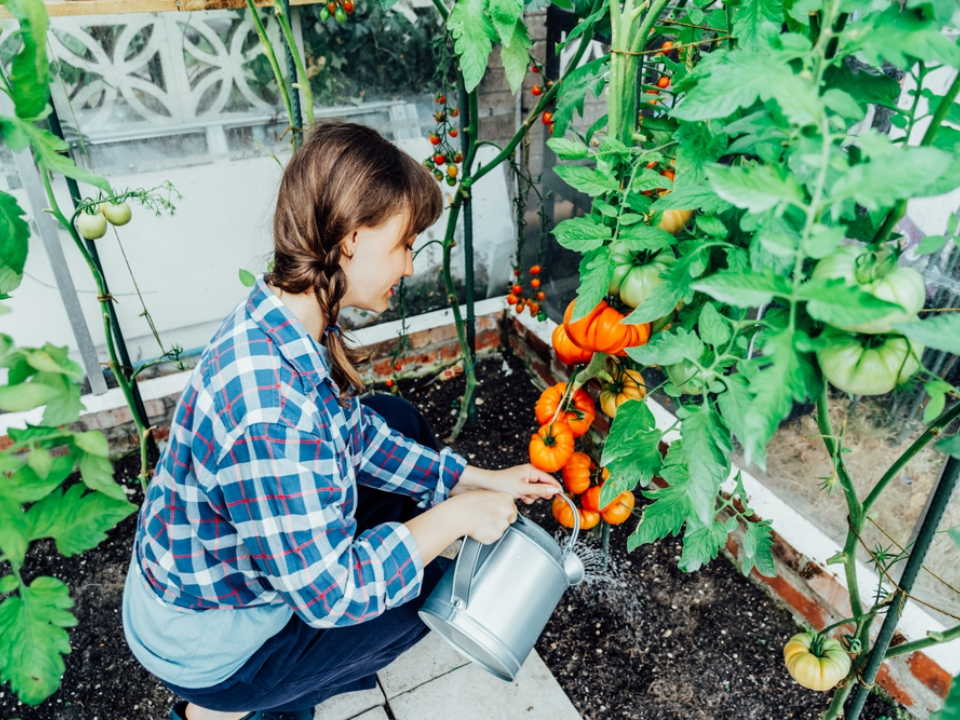
Tomatoes need a balance of water to thrive, and too much can cause root rot. It is essential to water your tomato plants deeply, but infrequently, allowing the soil to dry out between waterings. Frequent shallow watering can lead to weak roots and hinder proper growth.
On the other hand, underwatering can also be harmful, as it stresses the plant and affects fruit production. The best practice is to check the soil regularly and water when the top inch feels dry. Using a drip irrigation system can help maintain consistent moisture levels and reduce the risk of overwatering.
Planting Tomatoes Too Early
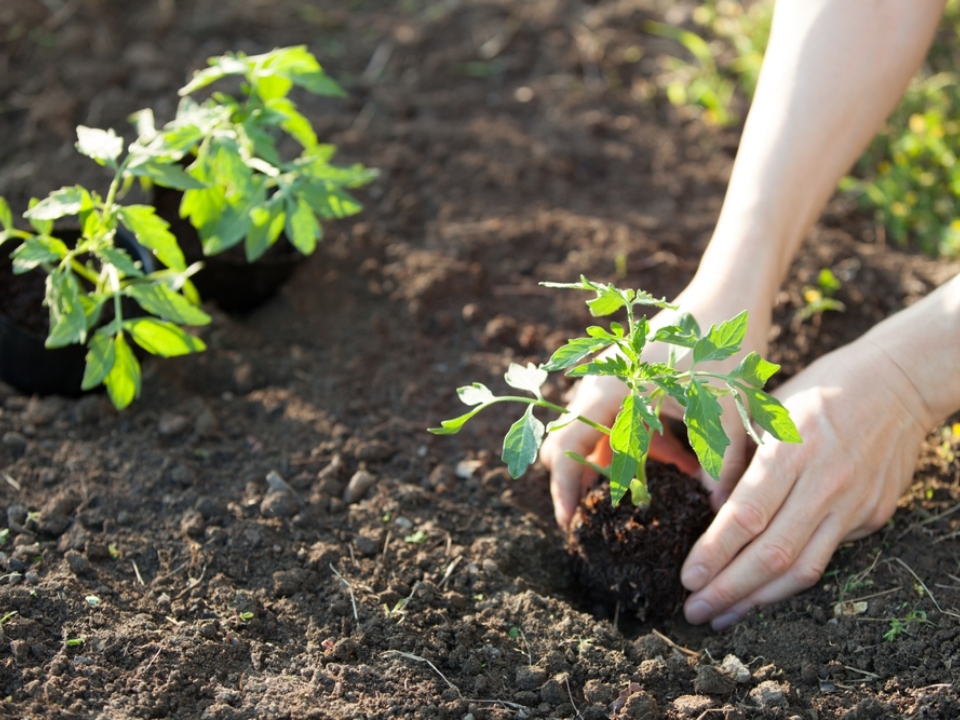
Planting tomatoes too early in the season can lead to poor growth and weak plants. Tomatoes are sensitive to cold temperatures, and planting them outside before the soil has warmed up can stunt their growth. It is important to wait until the last frost has passed and the soil has reached the ideal temperature.
When the temperature is too low, the plants may not be able to establish their root systems properly. This can result in stunted growth, poor fruit production, and increased vulnerability to disease. Planting at the right time ensures a healthy start for the tomato plants and sets them up for success.
Poor Soil Preparation
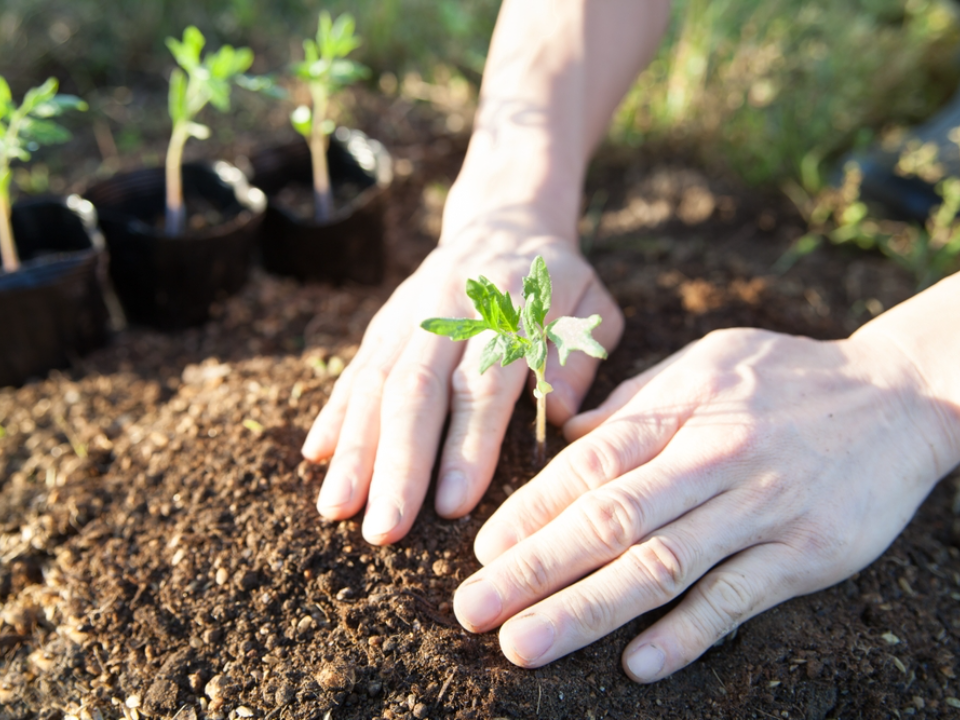
The quality of the soil plays a significant role in the growth of tomatoes. If the soil is too heavy or lacks essential nutrients, the plants may struggle to grow and produce fruit. Before planting, it is important to prepare the soil by adding organic compost to improve texture and nutrient content.
Proper drainage is also essential to prevent water from pooling around the roots. If the soil does not drain well, it can lead to root rot and other fungal diseases. Test your soil’s pH levels and adjust them as needed to ensure the optimal environment for tomato plants.
Insufficient Sunlight
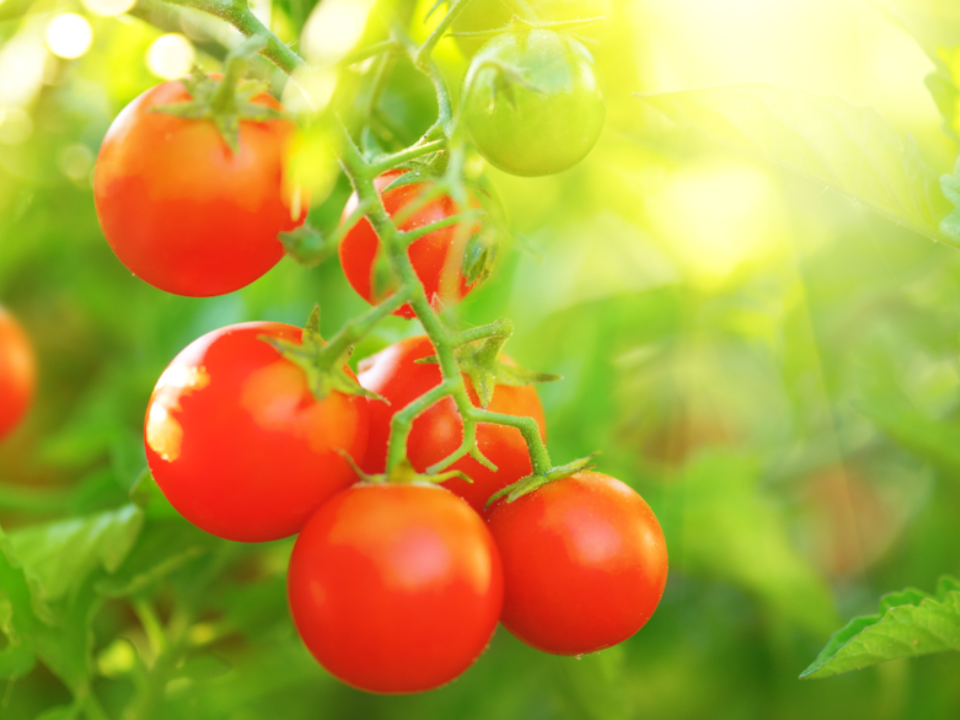
Tomatoes require plenty of sunlight to grow strong and healthy. A common mistake is planting them in a spot that receives too little sunlight. Aim for at least six hours of direct sunlight each day for the best results. Insufficient sunlight can lead to leggy plants with little fruit production.
Without enough sunlight, tomatoes may become more susceptible to disease and may not produce as much fruit. Choosing a sunny location and avoiding shaded spots ensures your plants get the energy they need to grow and produce high-quality tomatoes.
Overcrowding Plants
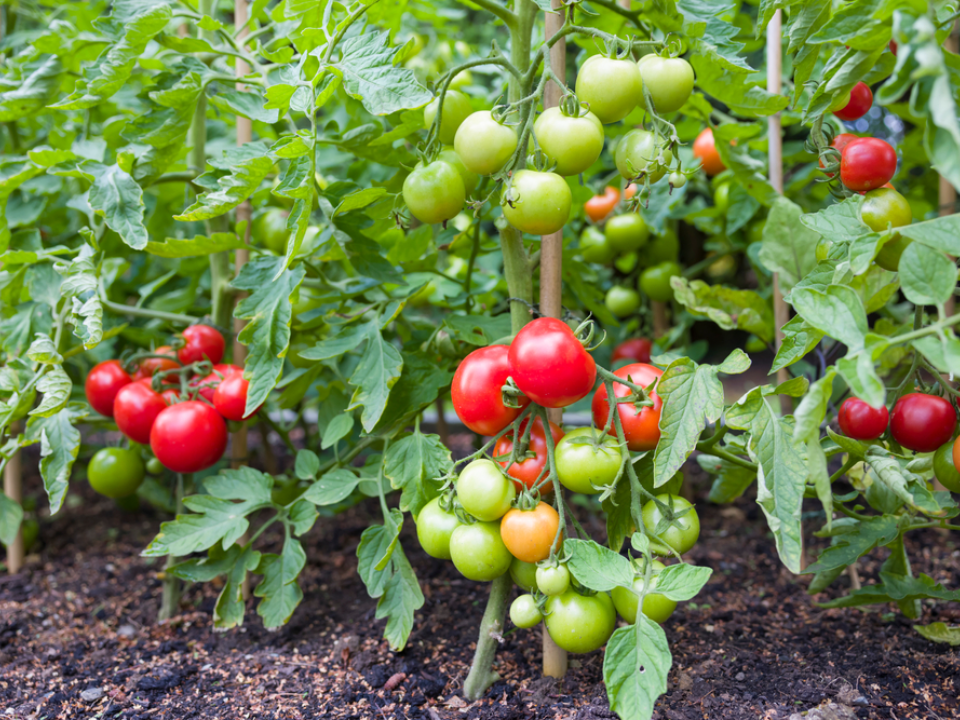
When planting tomatoes, it can be tempting to plant many in a small space, thinking it will yield more fruit. However, overcrowding can limit air circulation and increase the risk of disease. It is important to space your plants at least 18 to 36 inches apart, depending on the variety.
Proper spacing allows the plants to grow freely and receive adequate airflow. This reduces the chances of fungal infections and other plant diseases. It also allows each plant to get the nutrients and sunlight it needs to thrive.
Not Using Support Structures
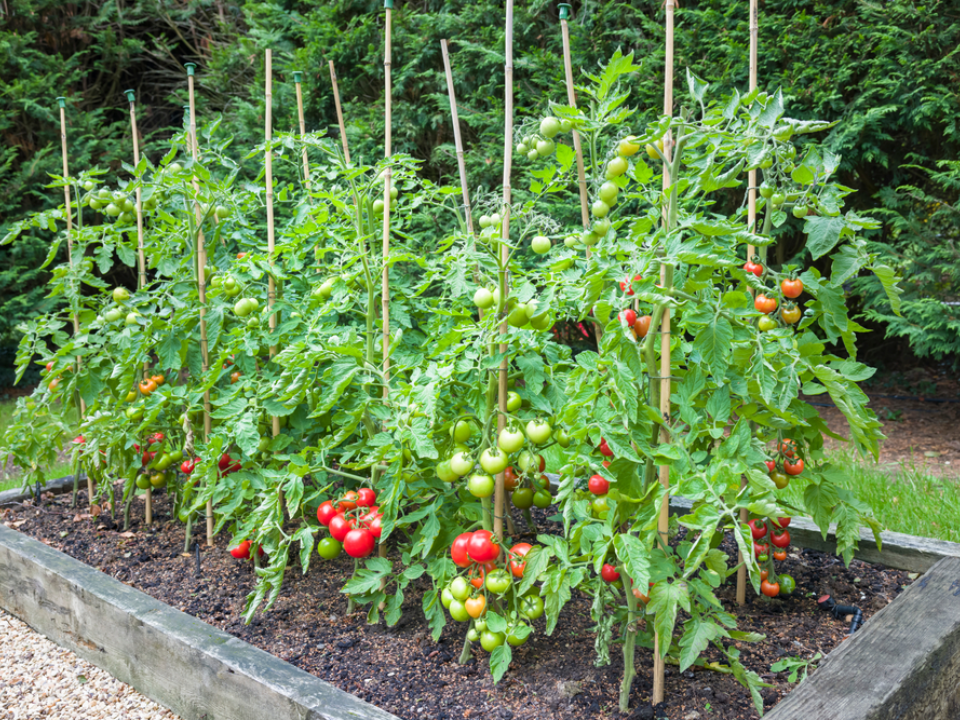
Tomato plants, especially indeterminate varieties, require support as they grow. Failing to provide support can lead to broken stems, sprawling plants, and damaged fruit. Using stakes, cages, or trellises helps keep the plants upright and makes it easier to manage their growth.
Support structures also help prevent tomatoes from touching the ground, reducing the risk of disease and pest infestation. Ensuring the plants are properly supported will help them grow stronger and produce better fruit.
Neglecting Pruning
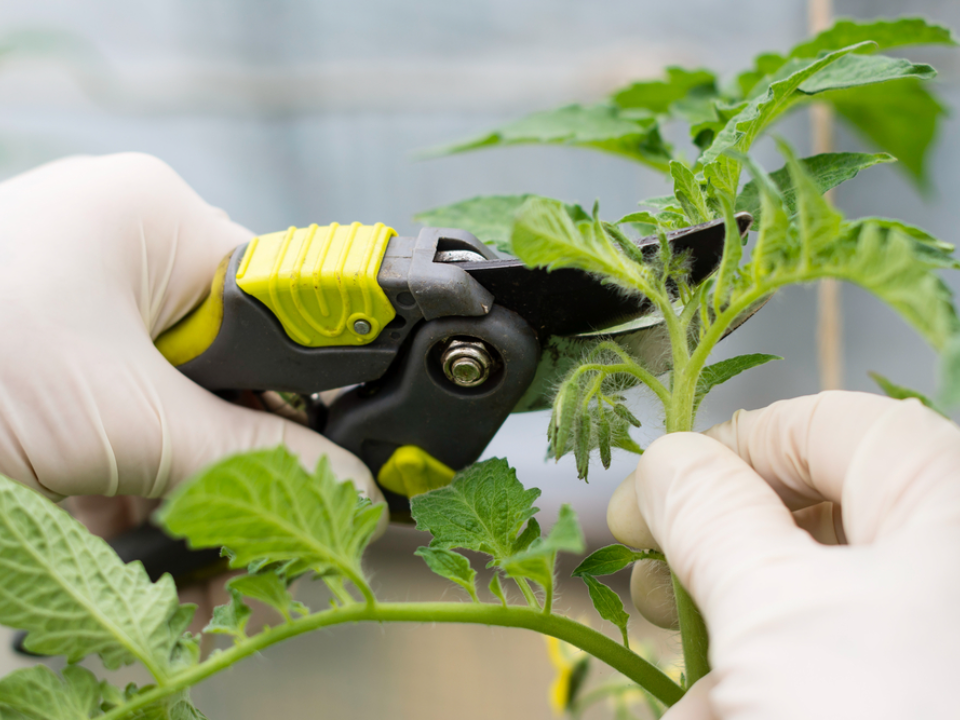
Pruning is an important step in maintaining healthy tomato plants. Removing dead or diseased leaves and stems helps the plant focus its energy on producing fruit rather than sustaining unnecessary growth. It is also important to remove suckers, the small shoots that grow in the leaf axils, as they can divert energy away from the main plant.
Pruning also improves airflow around the plant, reducing the risk of fungal infections. By maintaining a clean and tidy plant structure, you encourage better fruit production and healthier growth.
Planting Too Deep
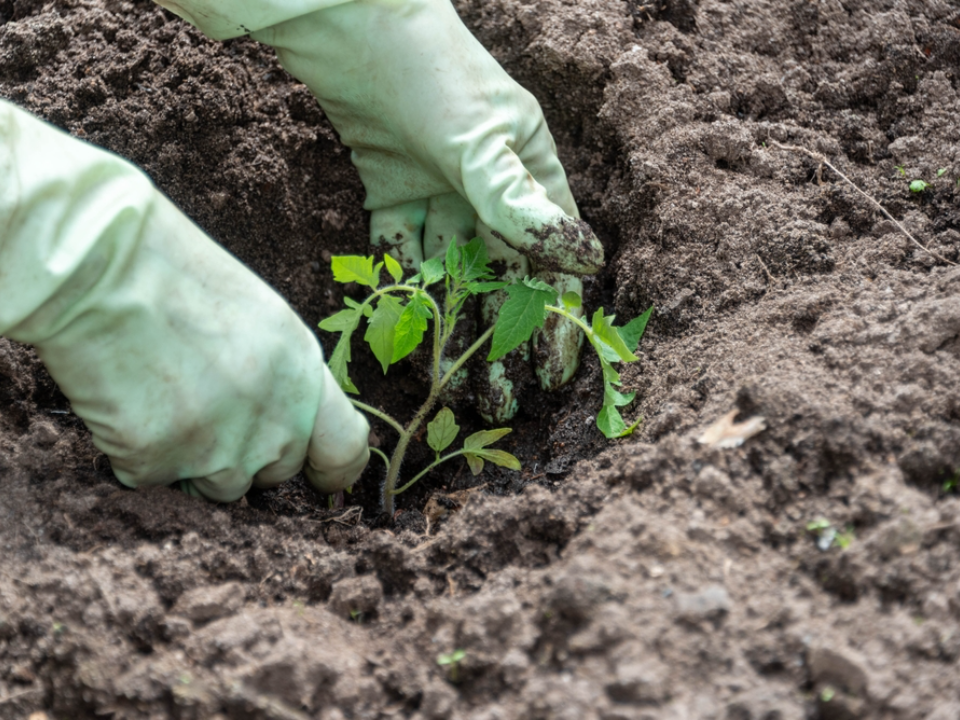
When planting tomatoes, it is important not to bury them too deeply in the soil. Planting tomatoes too deep can suffocate the roots and limit the plant’s ability to absorb water and nutrients. It is best to plant the tomato at the same depth it was in its pot, or slightly deeper, if necessary.
Deep planting can also cause the stem to rot, especially if the soil is too moist. By ensuring the plant is at the correct depth, you give it the best chance to establish a strong root system and grow healthy.
Ignoring Pest Control
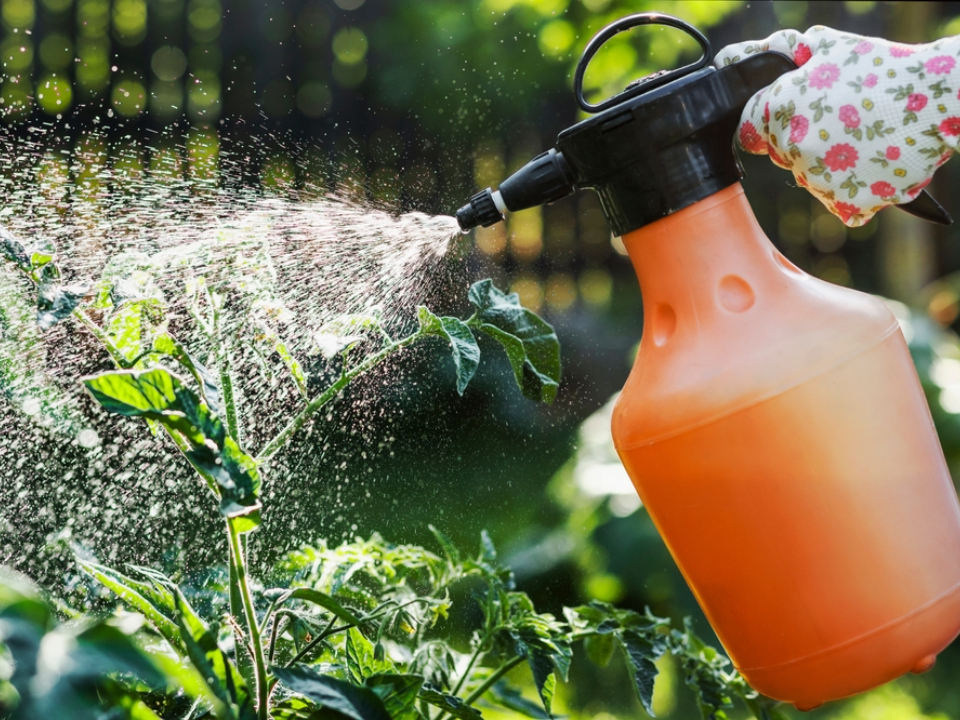
Tomatoes are prone to various pests, such as aphids, hornworms, and whiteflies. Failing to monitor and control these pests can lead to significant damage to your plants. Regularly inspect your plants for signs of pests, and take action immediately if you notice any.
Using natural or chemical pest control methods, such as insecticidal soap or neem oil, can help manage pest populations. Keeping your plants healthy through proper watering, feeding, and maintenance also helps reduce the risk of pest infestations.
Using the Wrong Fertilizer
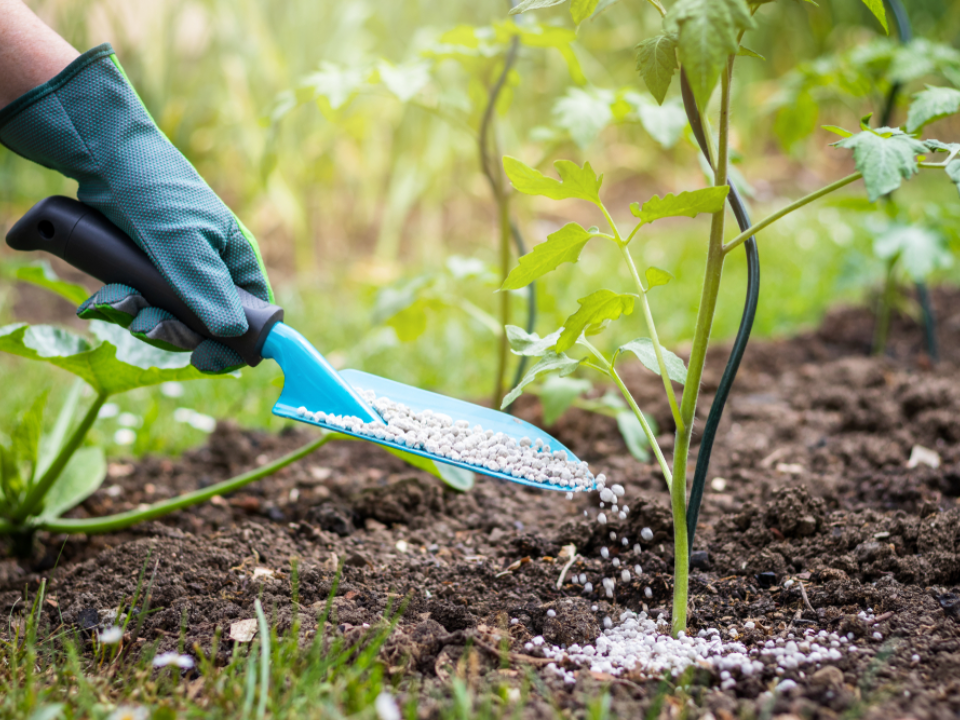
Not all fertilizers are suitable for tomatoes. Using a fertilizer that is too high in nitrogen can result in lush green growth but few fruits. It is important to choose a balanced fertilizer that is specifically designed for tomatoes or one with the right ratio of nitrogen, phosphorus, and potassium.
Over-fertilizing can also lead to burned roots and poor fruit production. It is crucial to follow the instructions on the fertilizer package and apply it according to the plant’s needs. Too much fertilizer can have the opposite effect, so moderation is key.
Overhandling the Plants
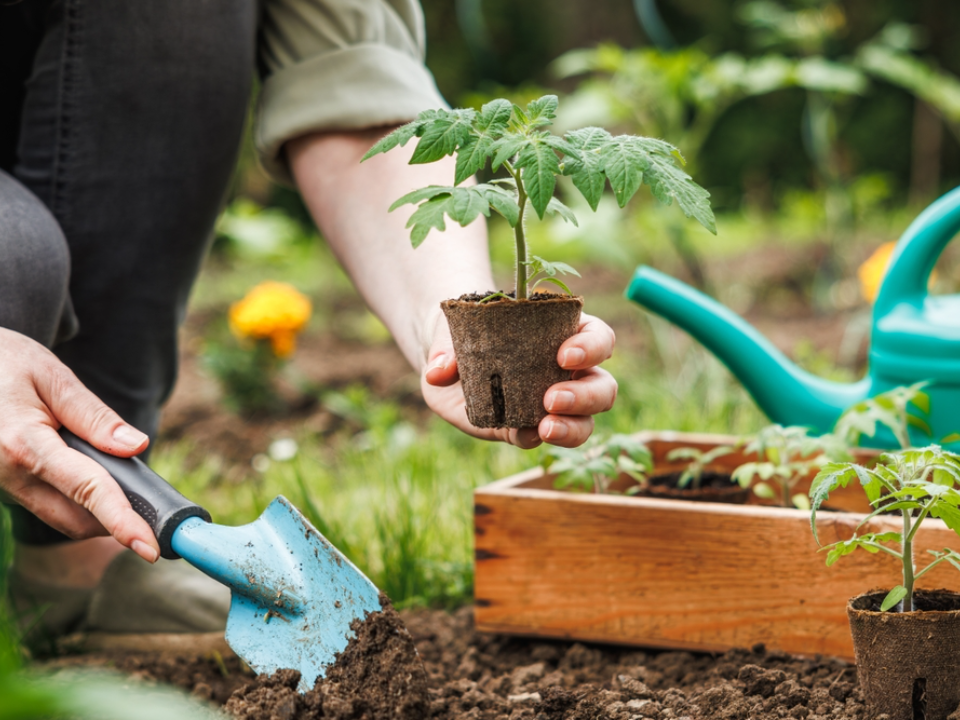
Tomatoes are delicate, and overhandling them can cause unnecessary stress. Touching the plants too frequently or moving them around too much can damage the stems, leaves, or fruit. Avoid touching the plants unnecessarily, especially during the flowering and fruiting stages.
If you need to move the plants or tie them to stakes, be gentle and avoid causing any breakage. By minimizing handling, you can prevent damage and keep your plants growing strong.
Ignoring the Weather
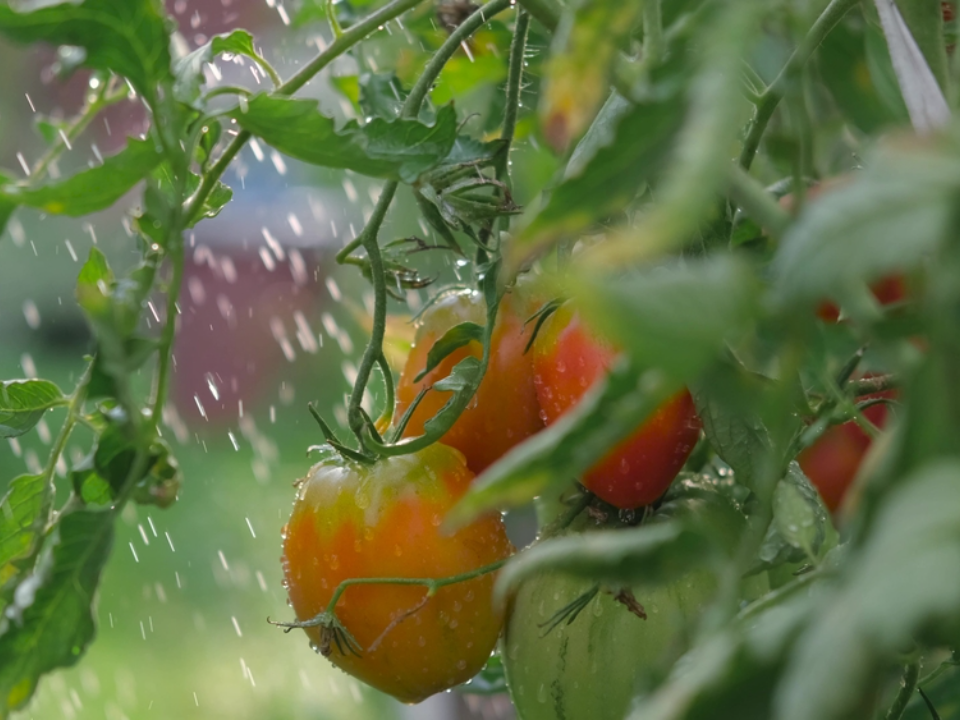
Tomato plants are sensitive to extreme weather conditions. Heavy rainfall, high winds, and intense heat can all negatively affect tomato plants. It is important to monitor the weather and take appropriate steps to protect the plants when necessary.
Using row covers, providing shade during the hottest part of the day, or installing windbreaks can help protect the plants from unfavorable conditions. Being proactive in adjusting to the weather can help reduce stress on the plants and ensure better fruit production.
Not Rotating Crops
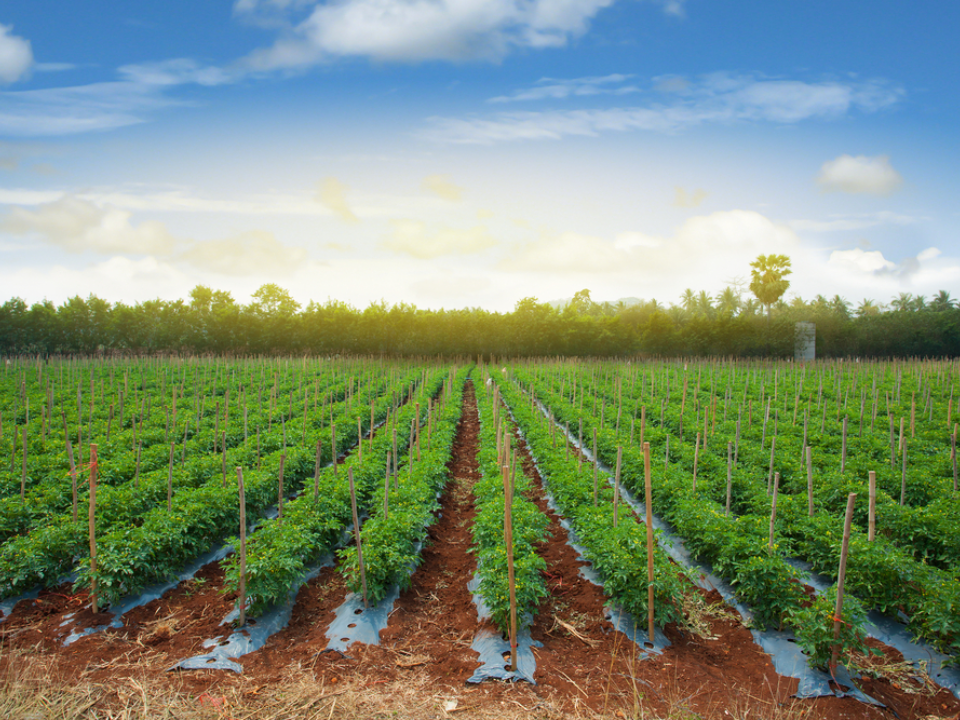
Planting tomatoes in the same spot year after year can lead to soil depletion and an increase in pests and diseases. Crop rotation is essential for maintaining soil health and preventing the buildup of harmful pathogens. By rotating where you plant tomatoes each year, you reduce the risk of disease and nutrient deficiencies.
Choosing a new location for your tomatoes each season helps improve soil quality and gives the plants a fresh start. It is recommended to rotate tomatoes with other crops, such as beans or peas, which can help replenish the soil.
Overusing Mulch
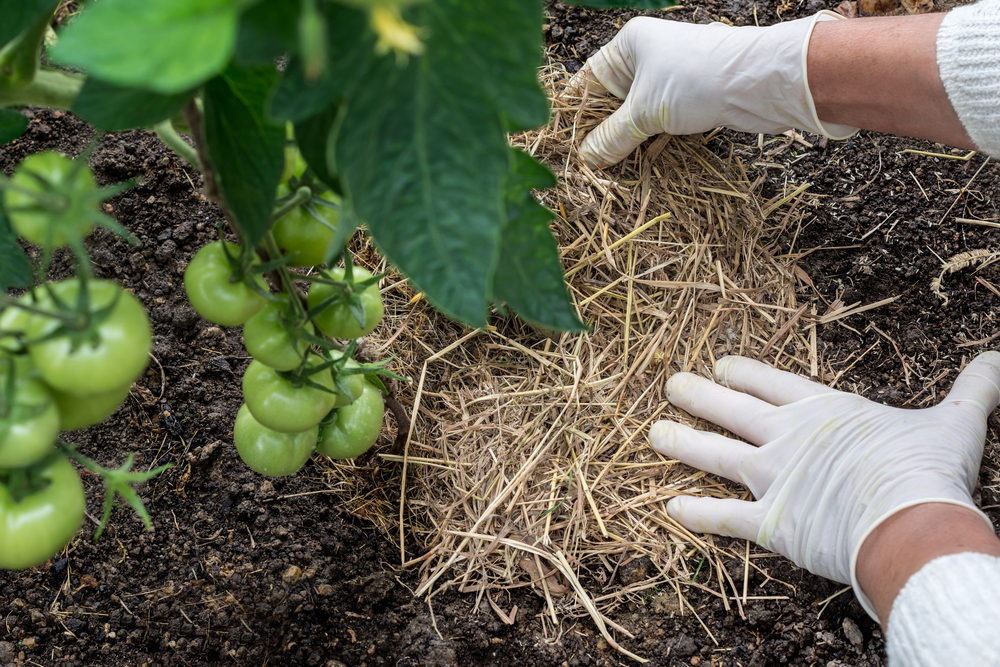
While mulch can help retain moisture and suppress weeds, using too much can suffocate the soil and hinder airflow. A thick layer of mulch can also trap too much moisture around the base of the plant, leading to root rot. It is important to use mulch sparingly and ensure it is applied correctly.
A thin layer of mulch, about 2 to 3 inches, is usually sufficient to help maintain moisture levels. Be sure to leave a gap around the stem of the tomato plant to prevent moisture buildup at the base, which can encourage disease.
Not Harvesting Tomatoes in Time
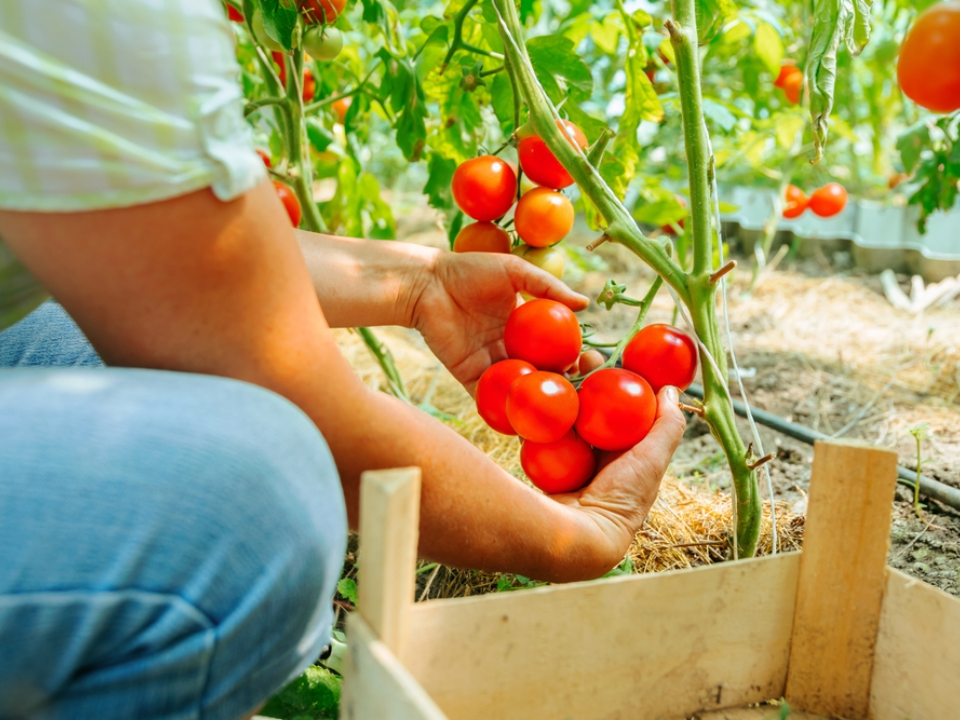
Timing is everything when it comes to harvesting tomatoes. Leaving tomatoes on the vine too long can cause them to overripe or split. On the other hand, picking them too early can result in underdeveloped fruit that does not taste as good.
Harvest tomatoes when they are fully colored and firm to the touch. If you are unsure, you can allow them to ripen off the vine indoors, but make sure they are close to fully ripe when picked.
This article originally appeared on Avocadu.
